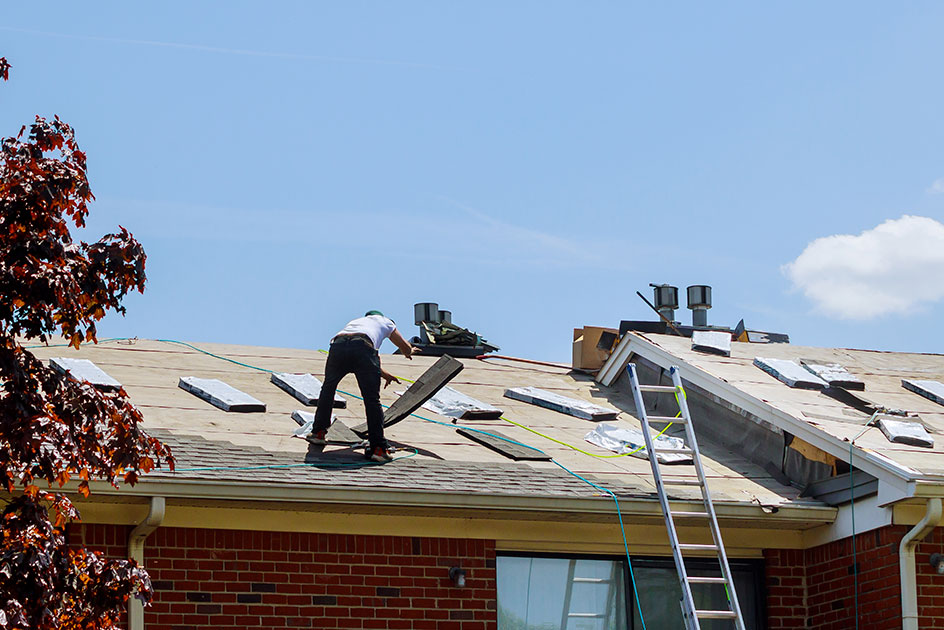October 23, 2021
Will Smart Homes Ever Rule the World?
We live in a technological world that is becoming more connected by the day, and now new opportunities for connectivity...

We live in a technological world that is becoming more connected by the day, and now new opportunities for connectivity are opening up.
Smart homes involve the use of technology to provide residents with greater comfort, safety, and convenience through the use of smart screens, locks, security cameras, and even light bulbs.
To help you better understand the significance of this trend, which is set to take hold all over the world in the near future, read this article on the subject.
In it, we explain to you the concept and technology used in smart homes, the impact they have on the lives of their inhabitants and how viable they actually are.
But what are they really?

They are homes that have an automation system that is connected to smartphones or other control devices.
With the digital revolution driven by the so-called Internet of Things, more and more advanced devices have emerged that are able to automate daily household activities and increase home security.
Now it is possible to have a fully customized system that can control apps, lighting, temperature, multimedia, security, windows and doors.
The main feature of smart homes is the massive use of technology, even in things as mundane as light bulbs or locks.
The use of these devices is meant to provide more convenience, even for simple tasks like opening the garage or turning off the lights.
Accessible technology
The basic infrastructure for starting a home automation system is an internet system. The home network is responsible for connecting all the different smart devices in the home, from toasters to security systems.
There are a variety of home networking technologies, each with its own set of advantages and disadvantages. Wi-Fi and Bluetooth are the most popular technologies – however, they are not always the most efficient.
In addition to the smart home network, you’ll need a hub that acts as a central communication system between the various devices. This smart hub is the heart of your home automation system and allows you to connect all of your devices to a single control center.
In this sense, the tech giants of the world already have some solutions to turn ordinary homes into smart homes.
Google Home, for example, is an initiative by Google. There are also Amazon’s Echo devices, Apple’s HomePod and Xiaomi’s Smart Security gateway.
These devices have similar functions and offer an assistant that responds to users’ voice commands.
In addition, they can answer questions and control other connected devices, among other things.
Advantages of a Smart Home
The use of technology brings with it some benefits that are readily apparent in smart homes. However, the biggest benefits of these homes are often more subtle. Here are a few examples:
- Energy savings – Appliances operate more efficiently. One example is the integration of temperature control and brightness measurement. Some devices can measure room temperature and brightness to control the opening of curtains, air conditioning, and activation of lights.
- Increased security – Dedicated access control, monitoring, and sensing devices increase home security. Especially because they can be activated remotely or pre-programmed by the user.
- Convenience and comfort – There are wireless home automation systems that make installation easier and faster. For instance, there is no need to drill holes in walls and there is no need for any inconvenience that may occur with wired systems. And by using sensors, the smart home can regulate itself without requiring a command or user interaction.
In addition, the use of the Internet of Things makes it possible to facilitate household activities that people have less time for today.
Using your smartphone or tablet, you can remotely program any home appliance or system that has a Wi-Fi connection. Multitasking voice commands further simplify the process.
This includes things like controlling the room temperature, opening and closing the curtains, programming the oven to cook, watering the garden, turning on the TV, checking security and whatever else you want as long as you have connected devices.
How worthwhile is it?
The complete automation of a house would require a complex project, developed from construction or with considerable work.
But it all depends on what amenities the owner wants to set up in his home and what environments he wants to automate, because the choice of smart combinations is quite large.
The devices that are coming on the market today are designed precisely to adapt existing buildings to smart functioning.
All you need are stable electrical installations and wireless internet networks that support multiple connected devices.
The inevitable innovation of systems makes the advent of smart homes equally inevitable and accessible to everyone.
The best thing you can do to avoid spending too much is to leave vacancies in your home so you can expand certain systems.
This is especially true for audio and multimedia systems, which receive new updates frequently.
Conclusion

The concept of the smart home is an important technological development that directly affects the end user, providing them with more convenience, comfort, and safety in their daily lives.
Fill up the form and we’ll get in touch
We do not send spam.


